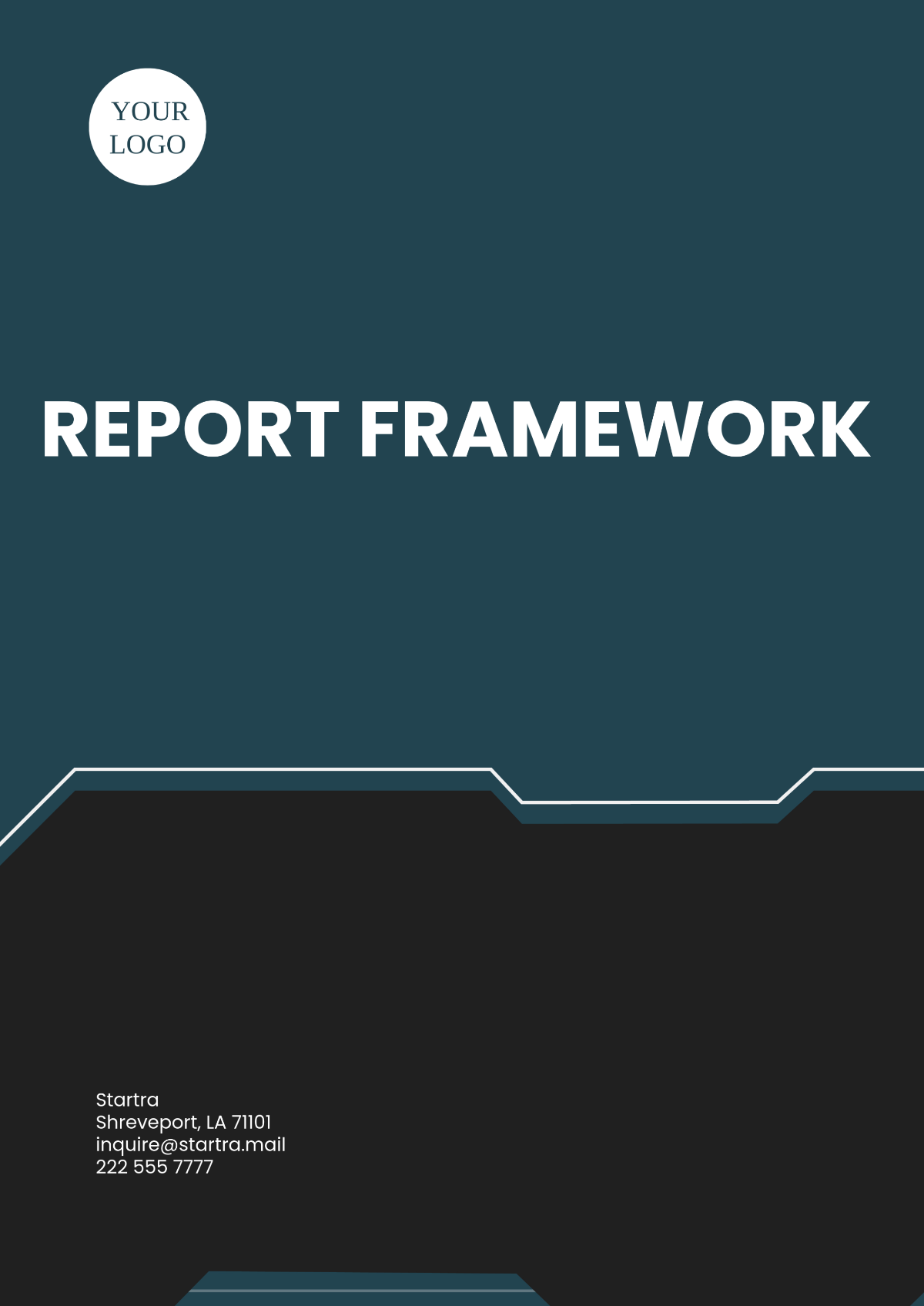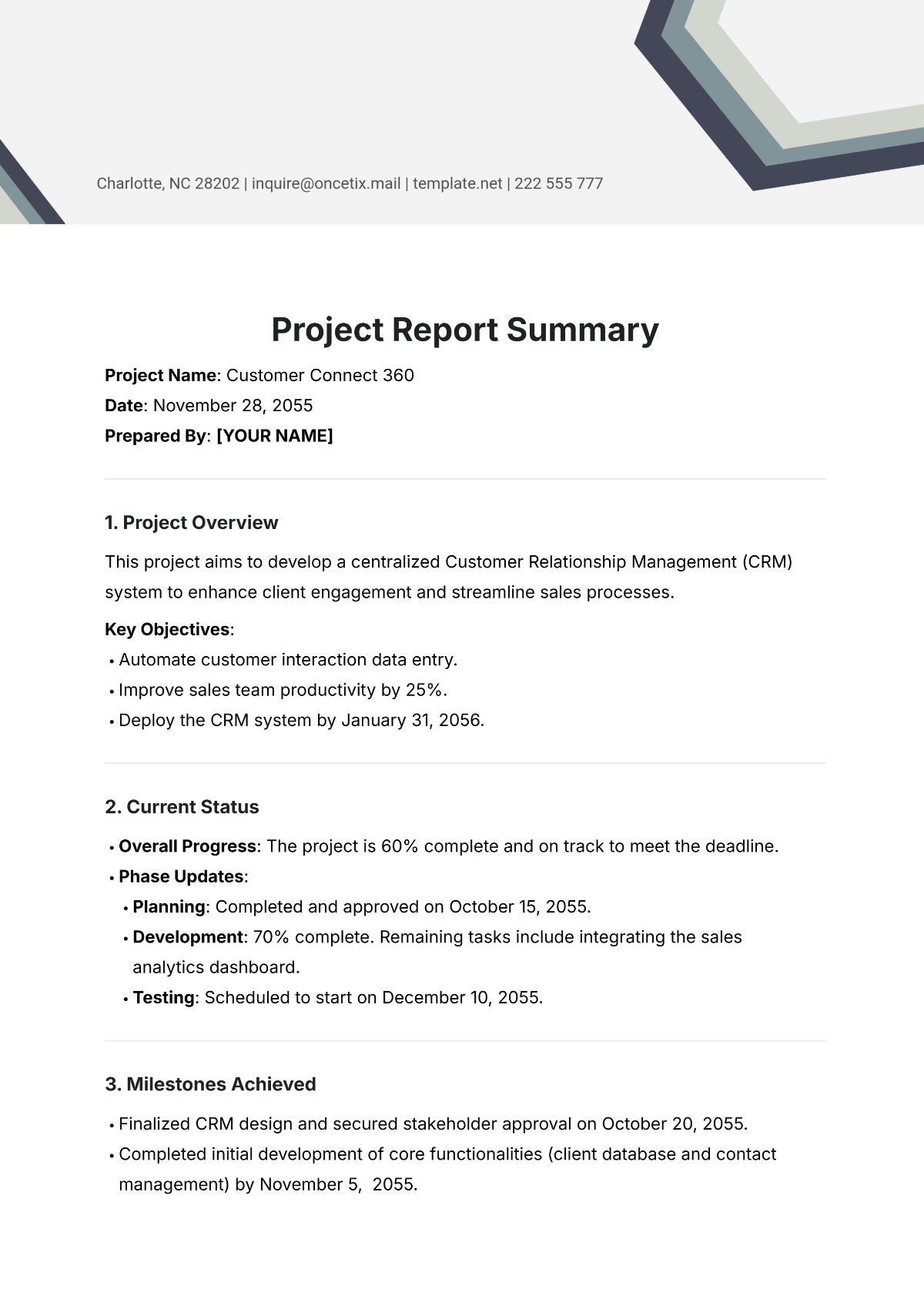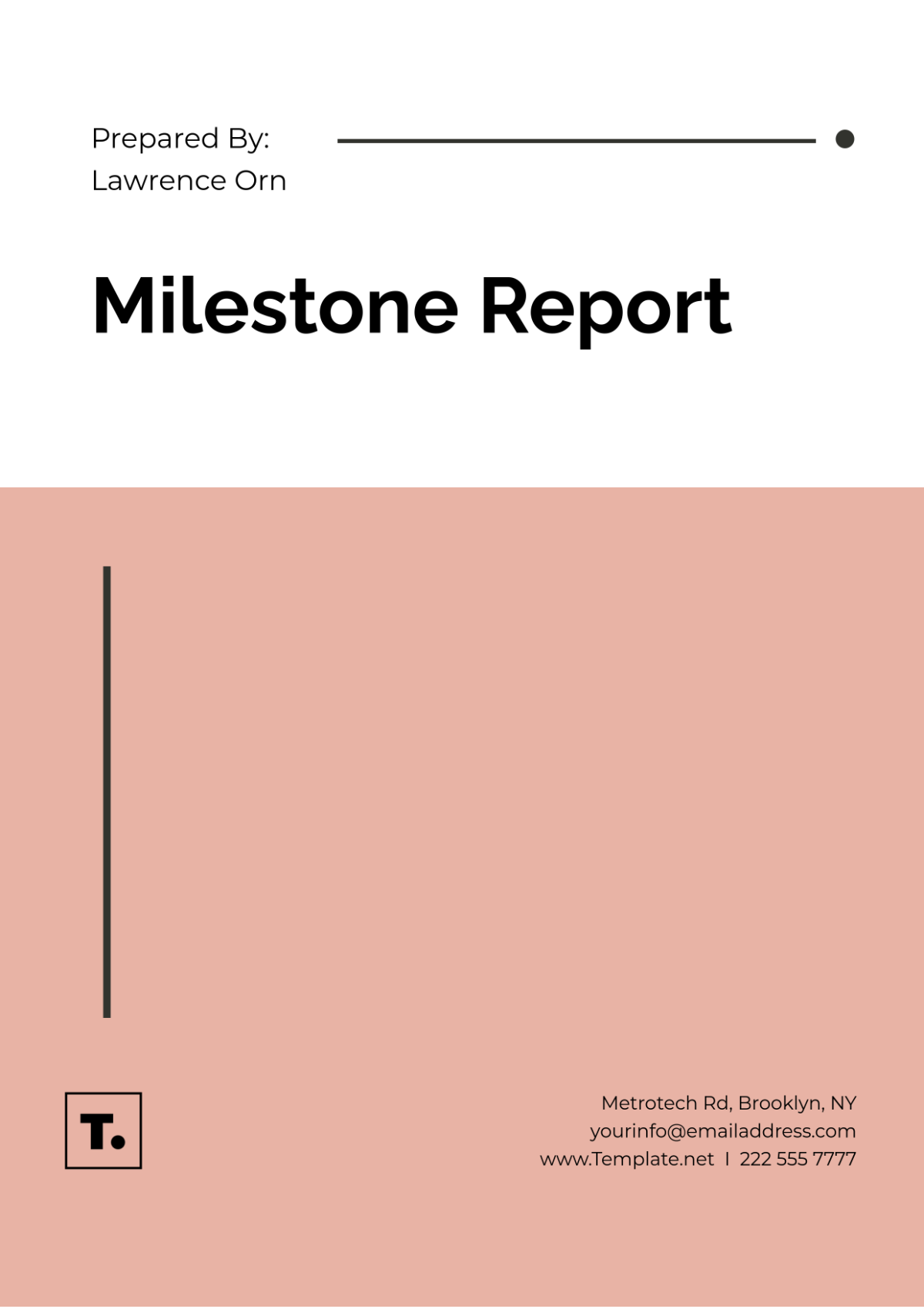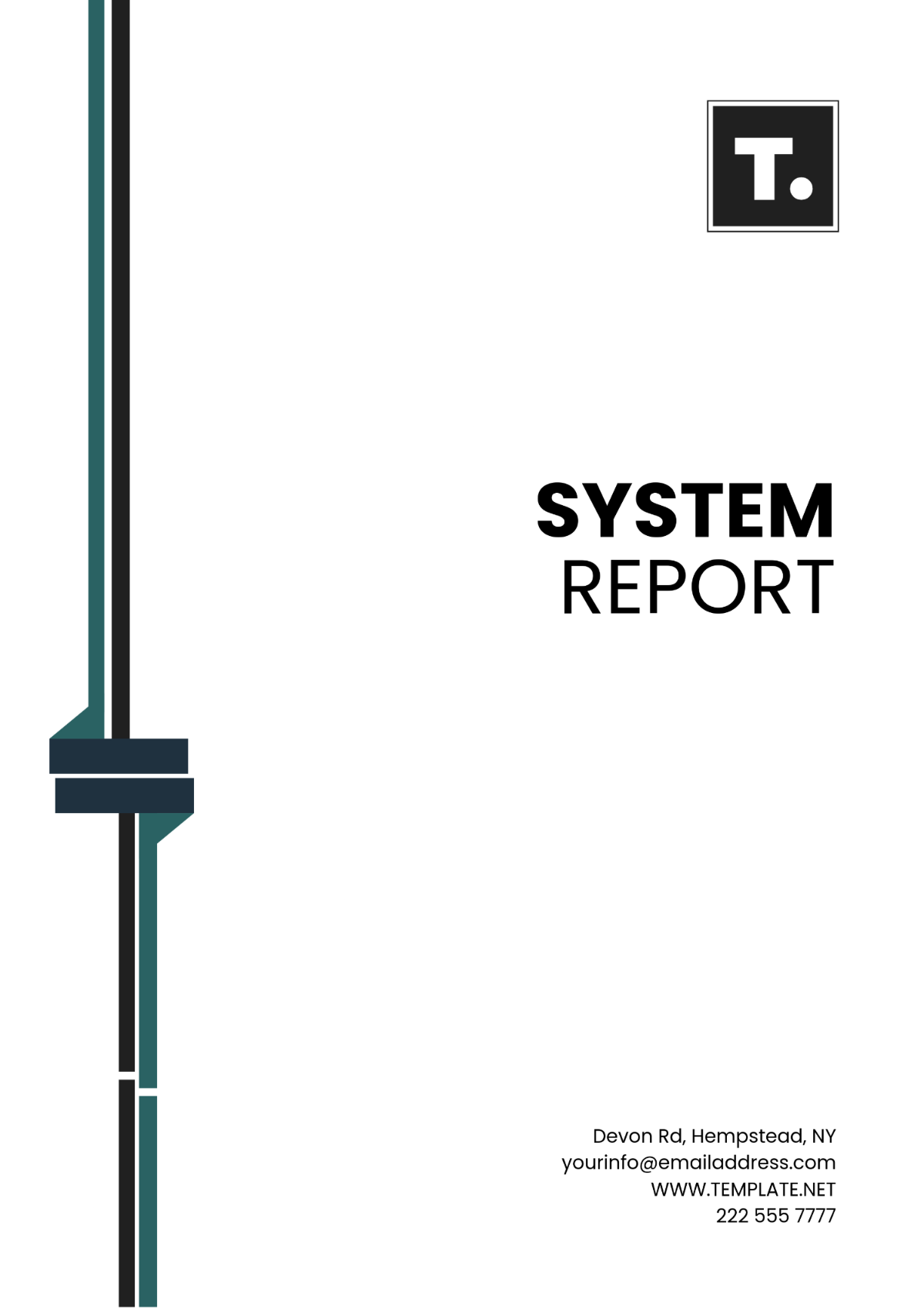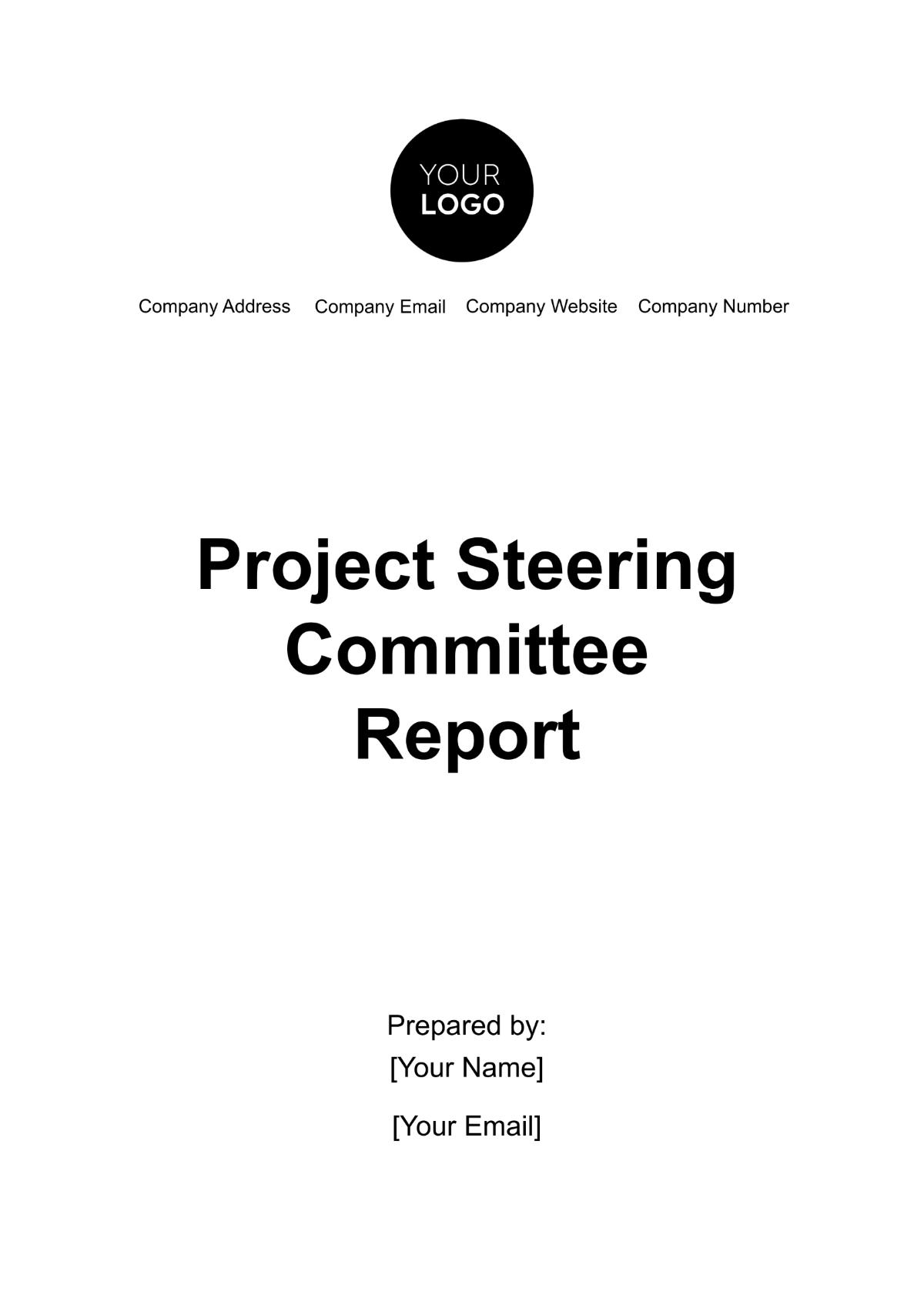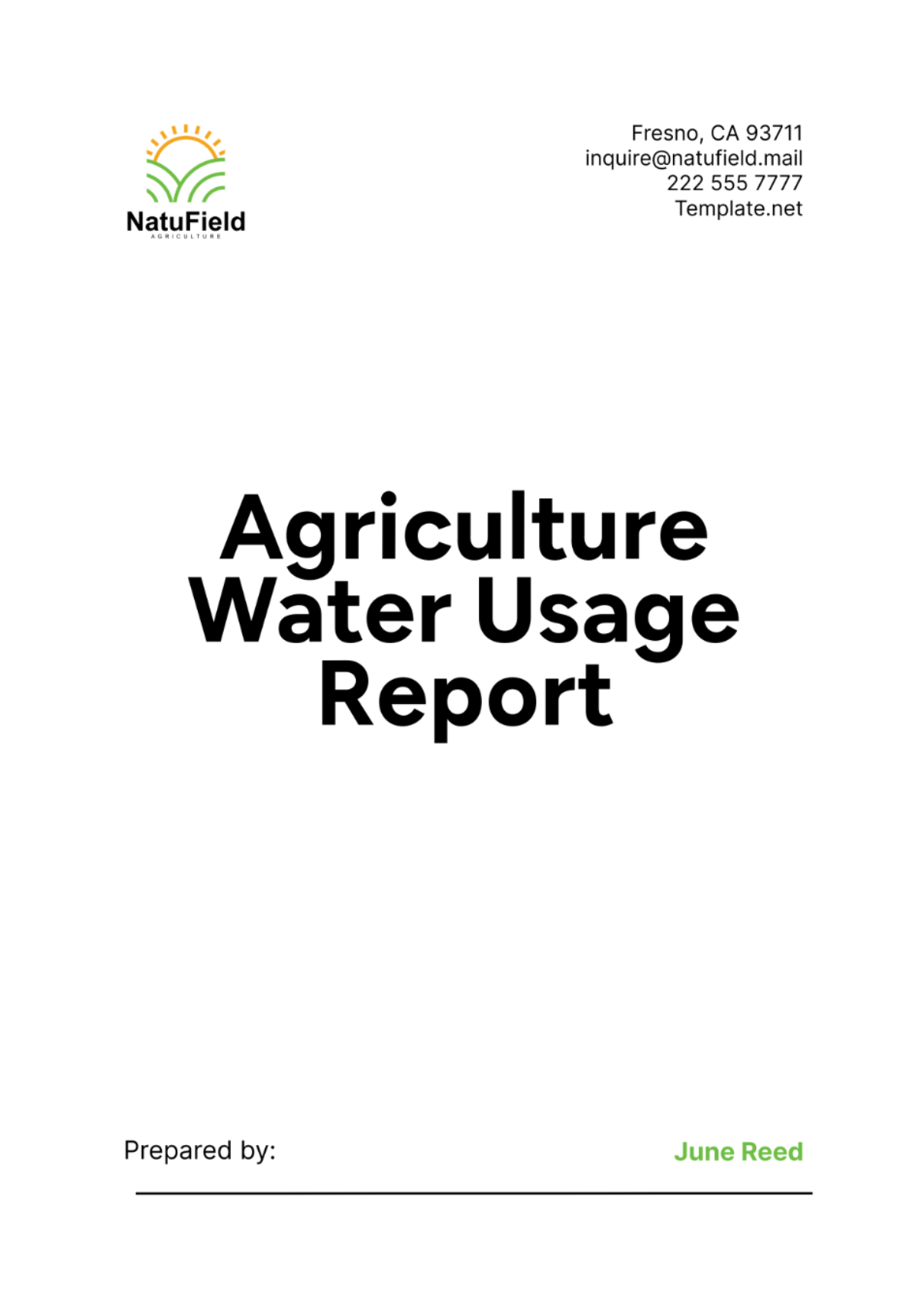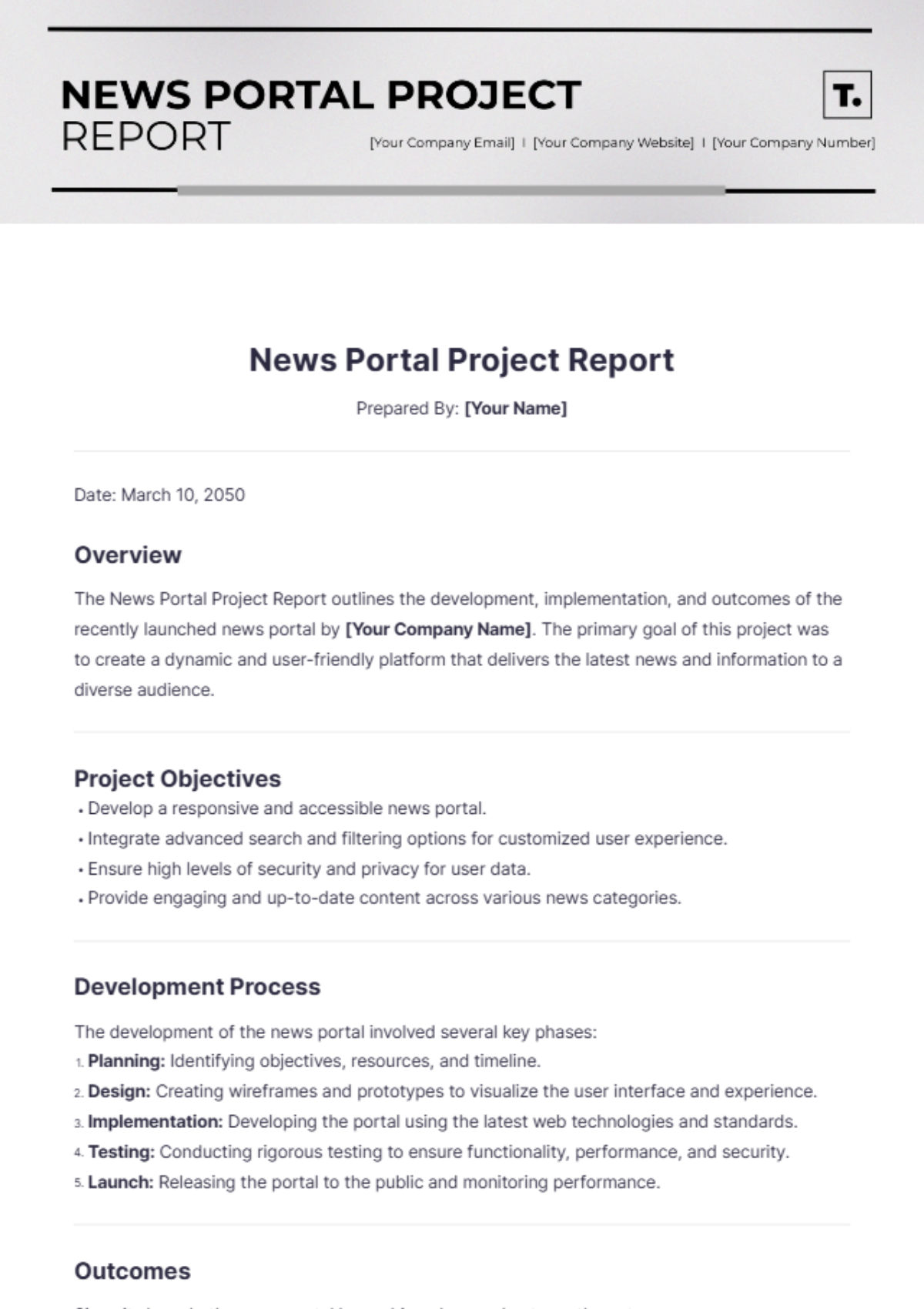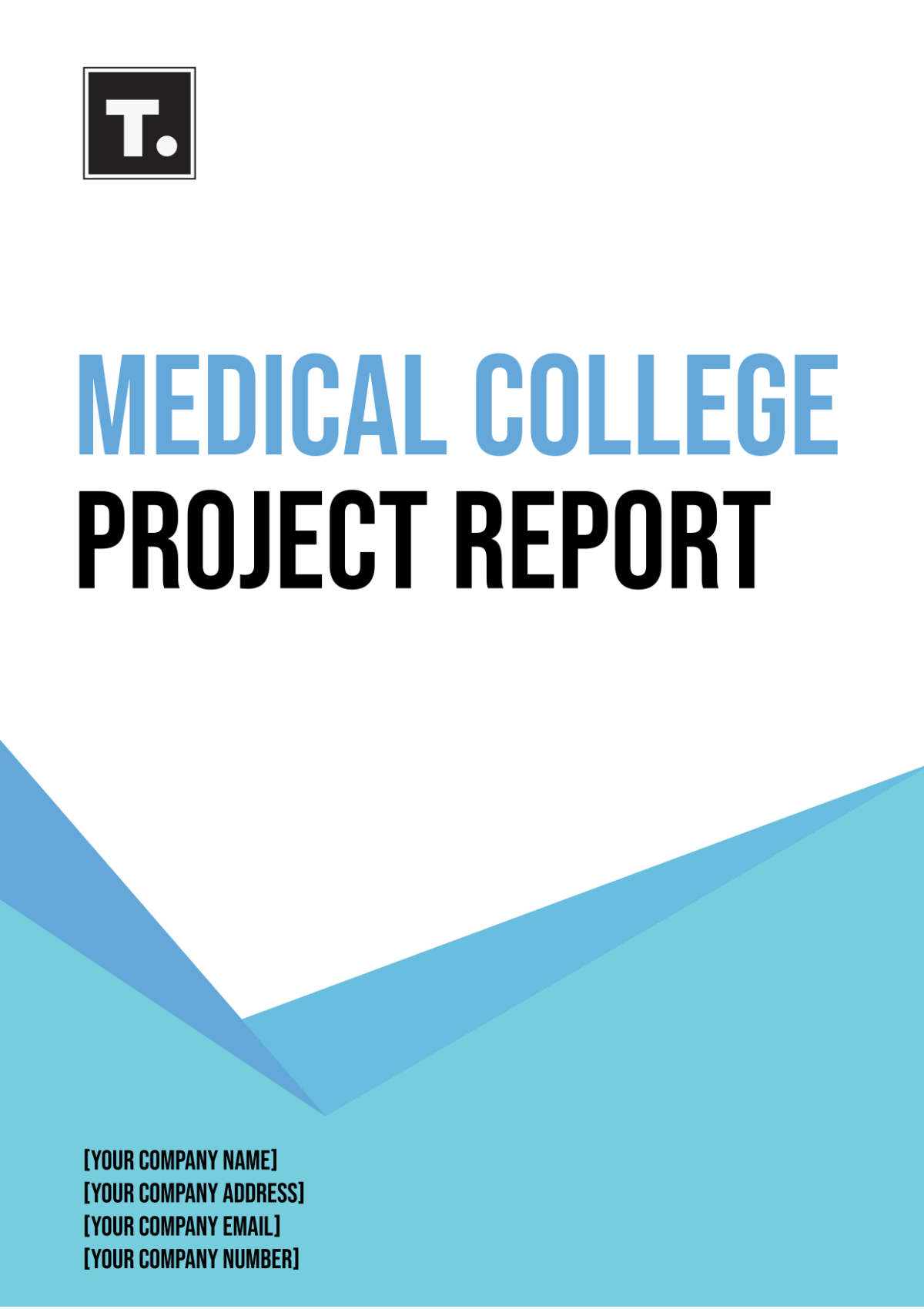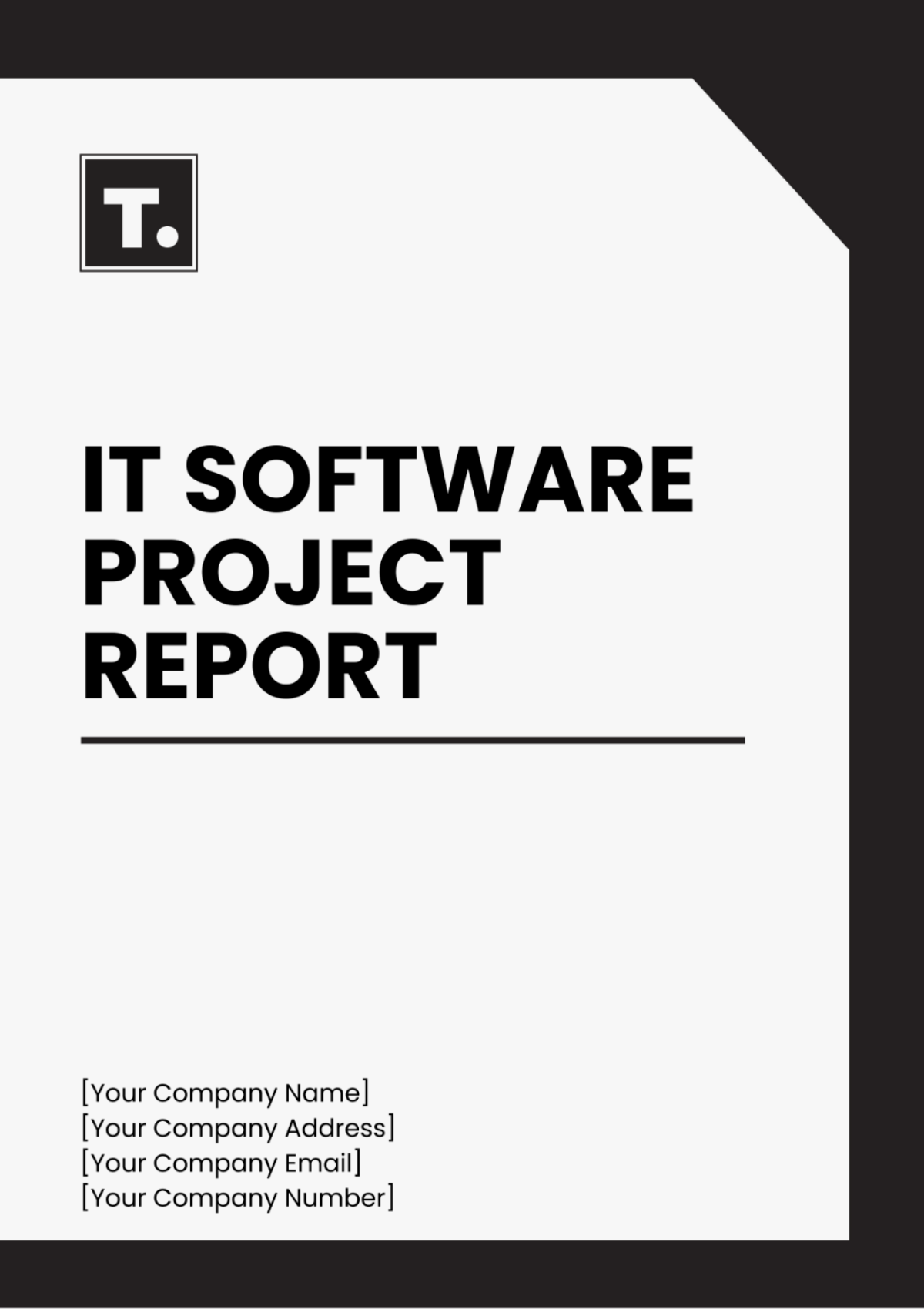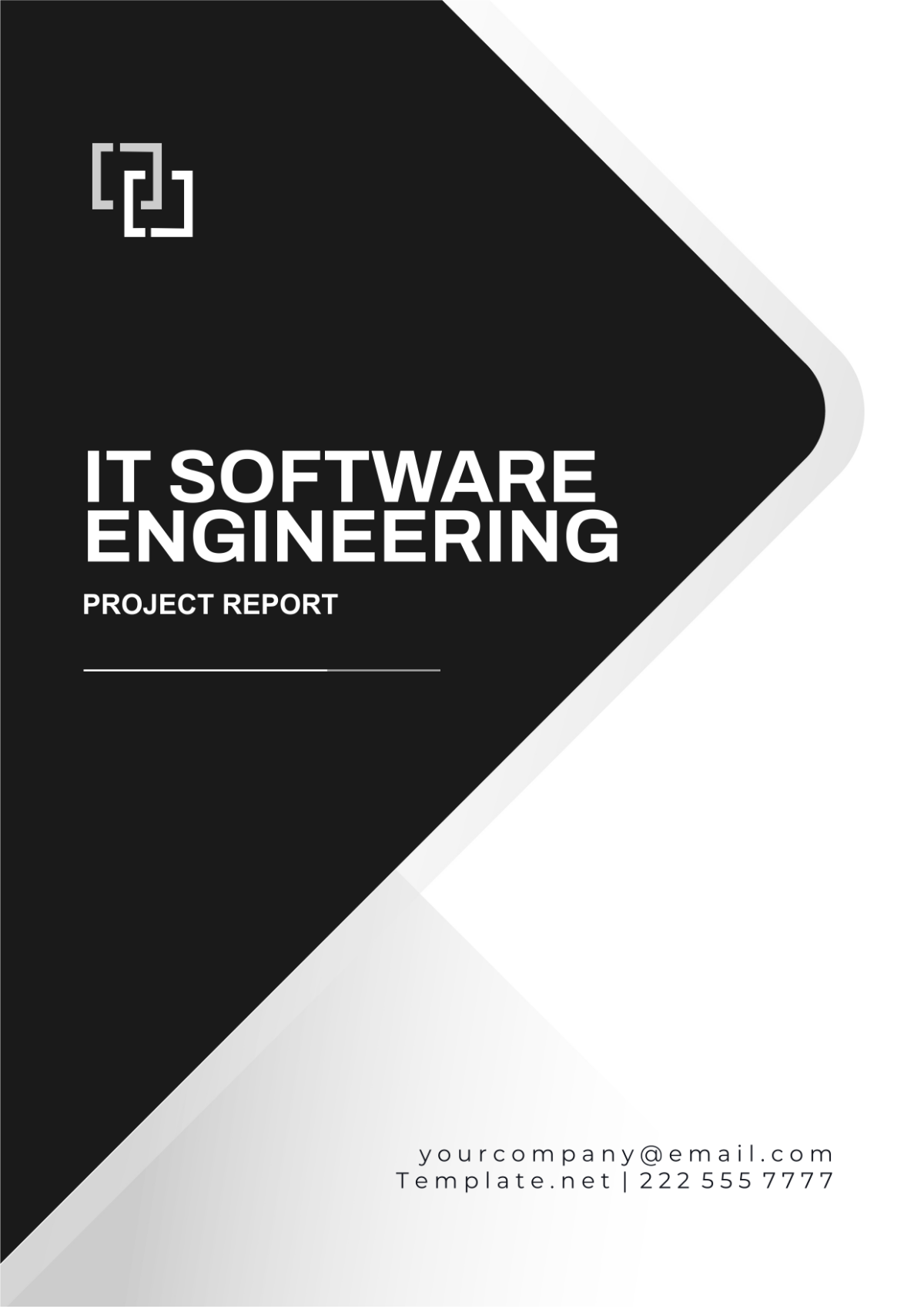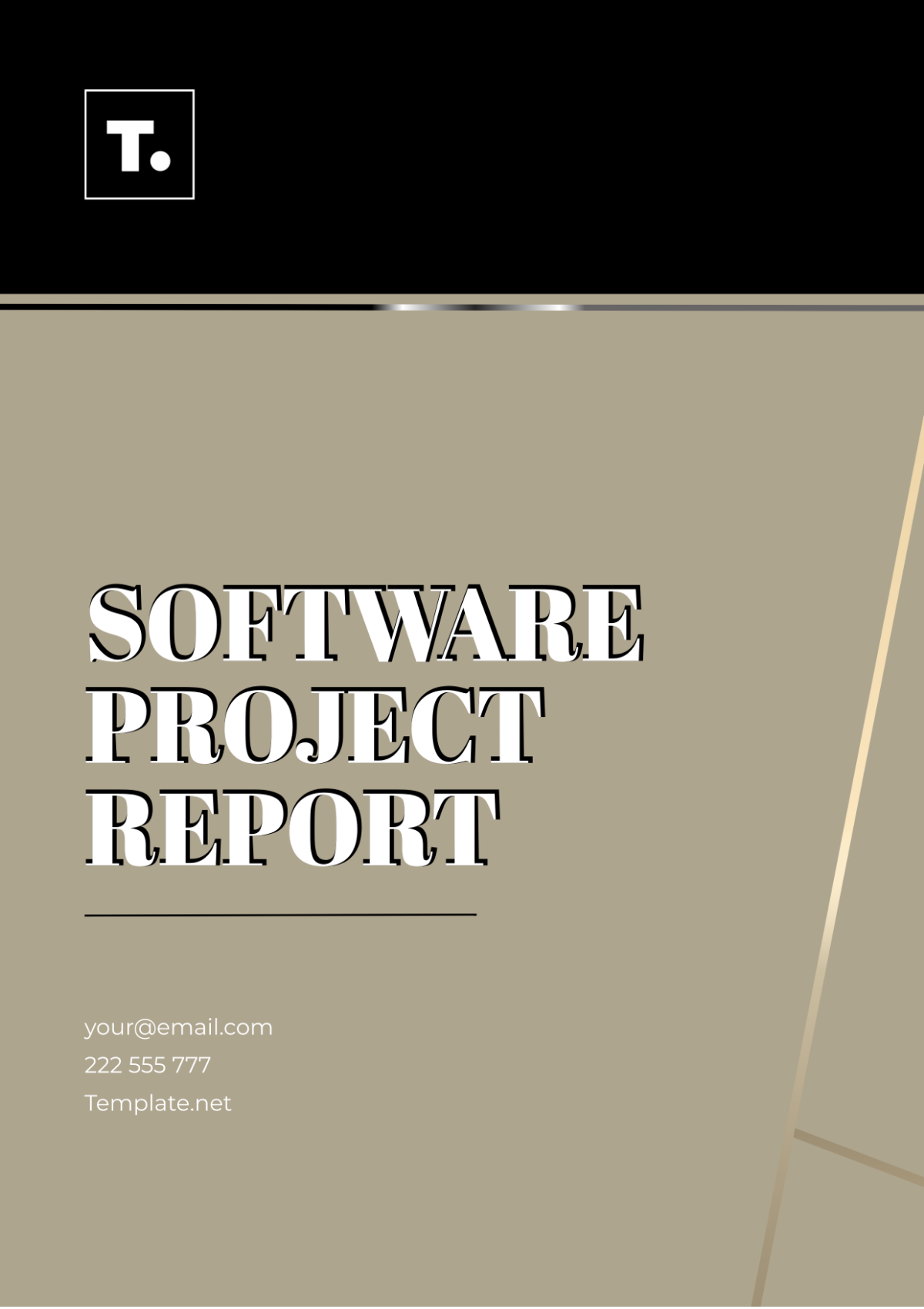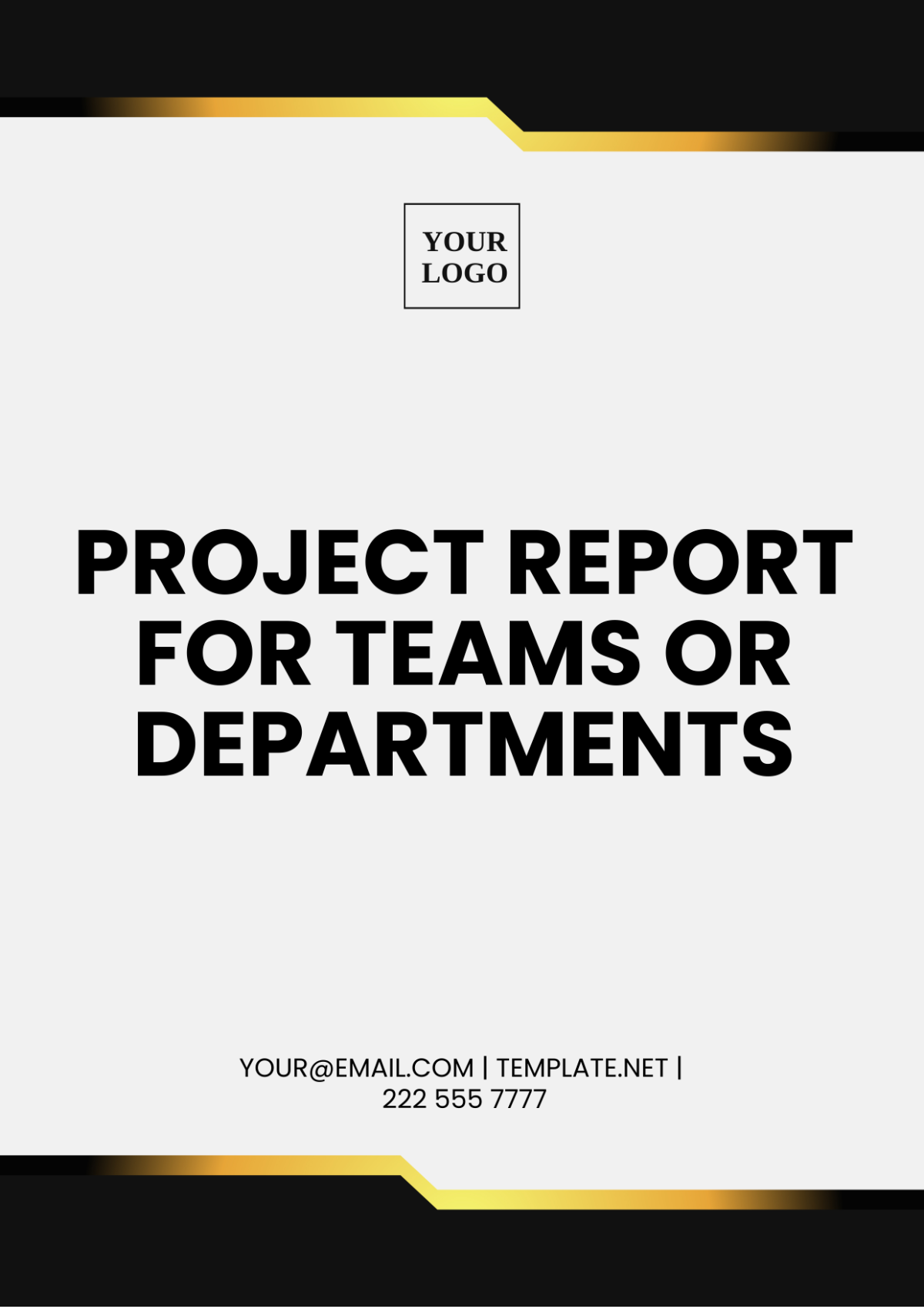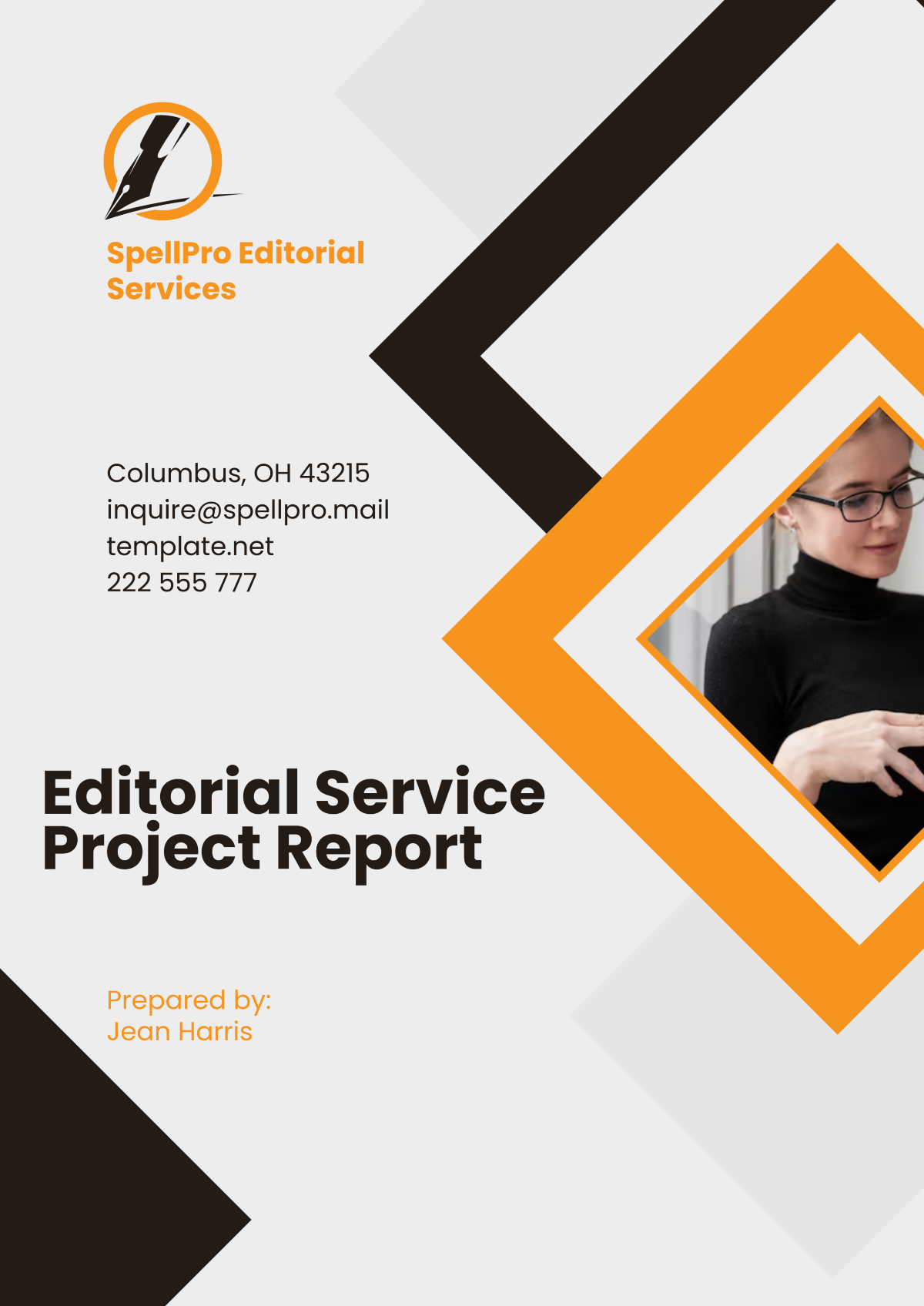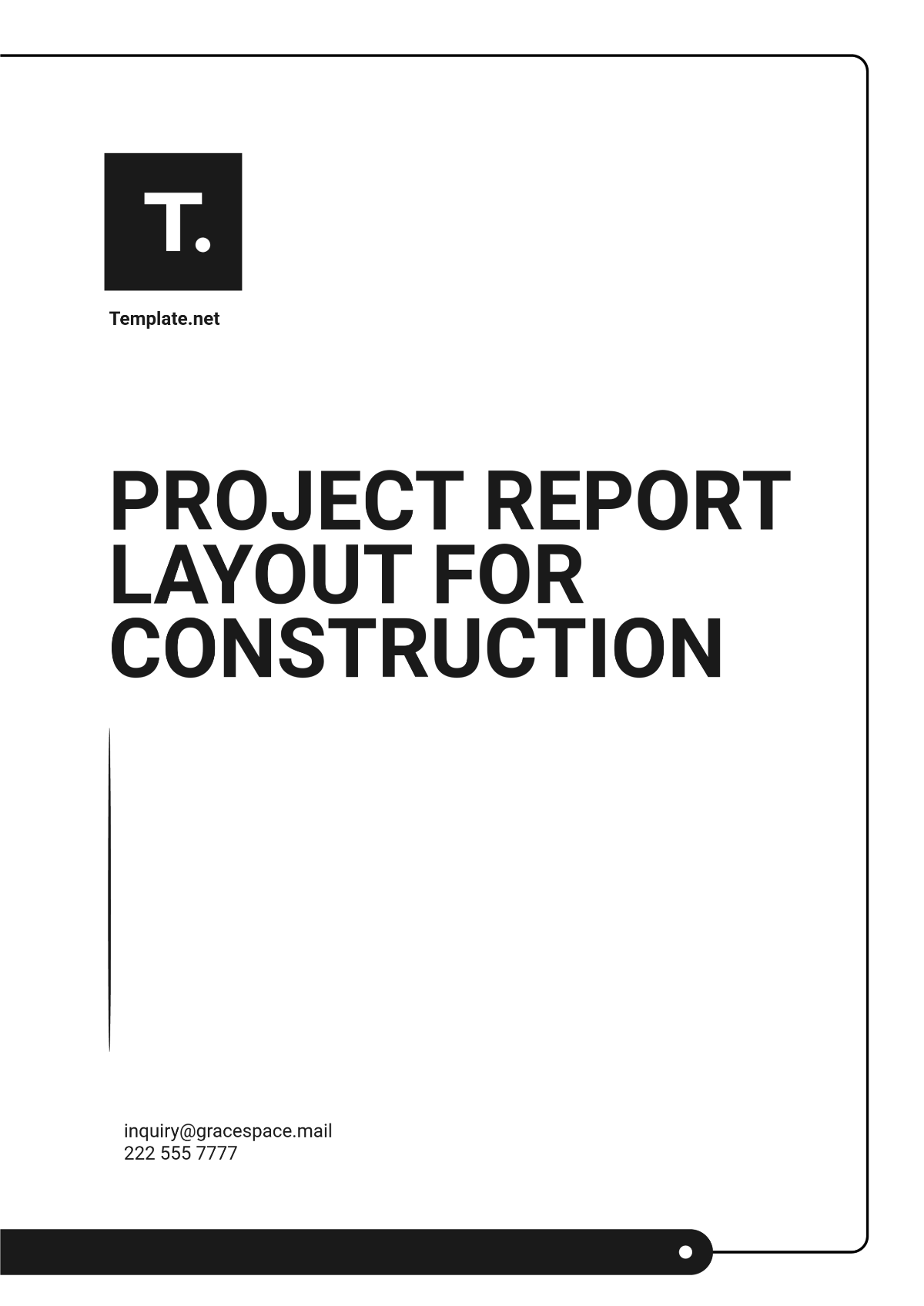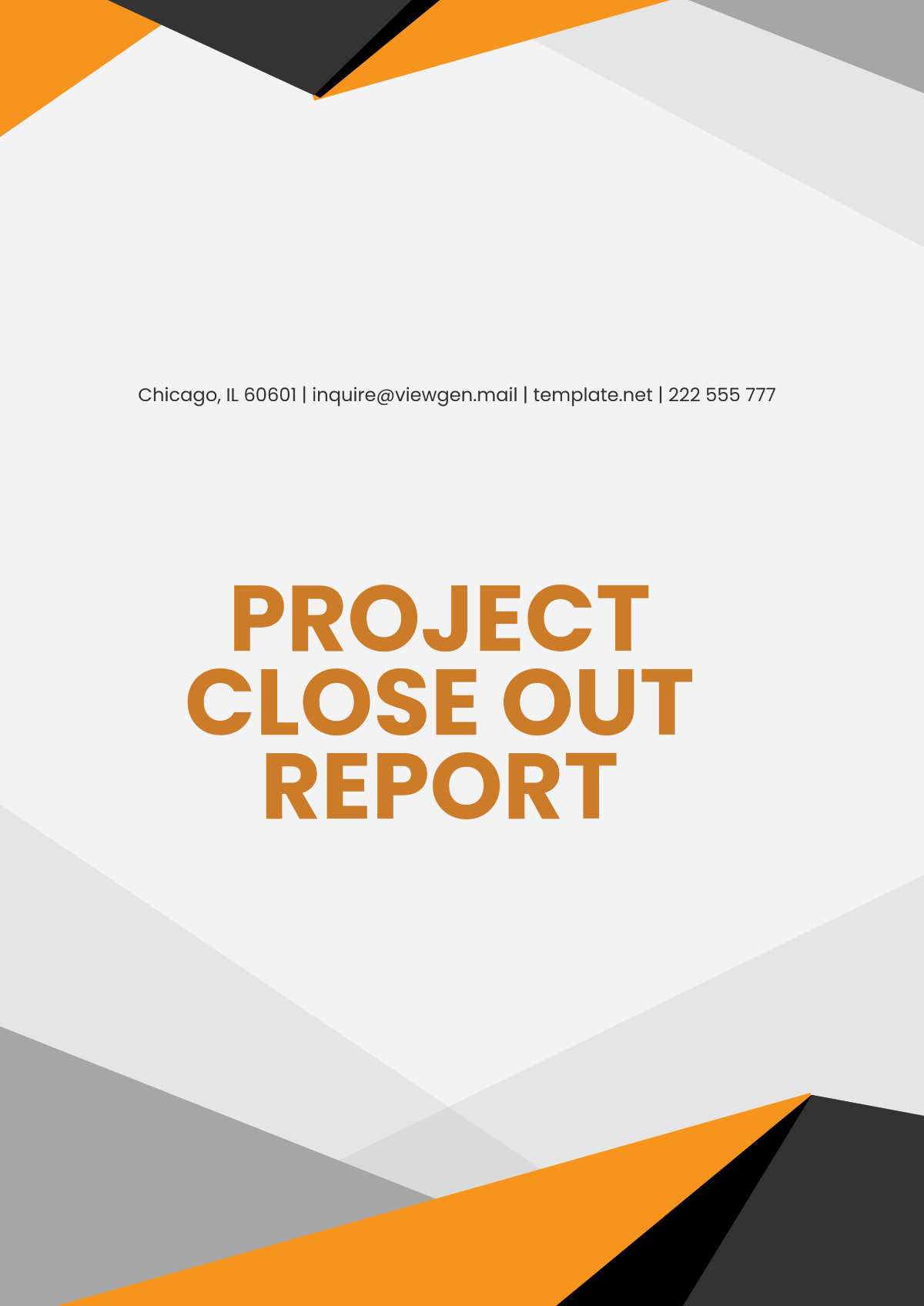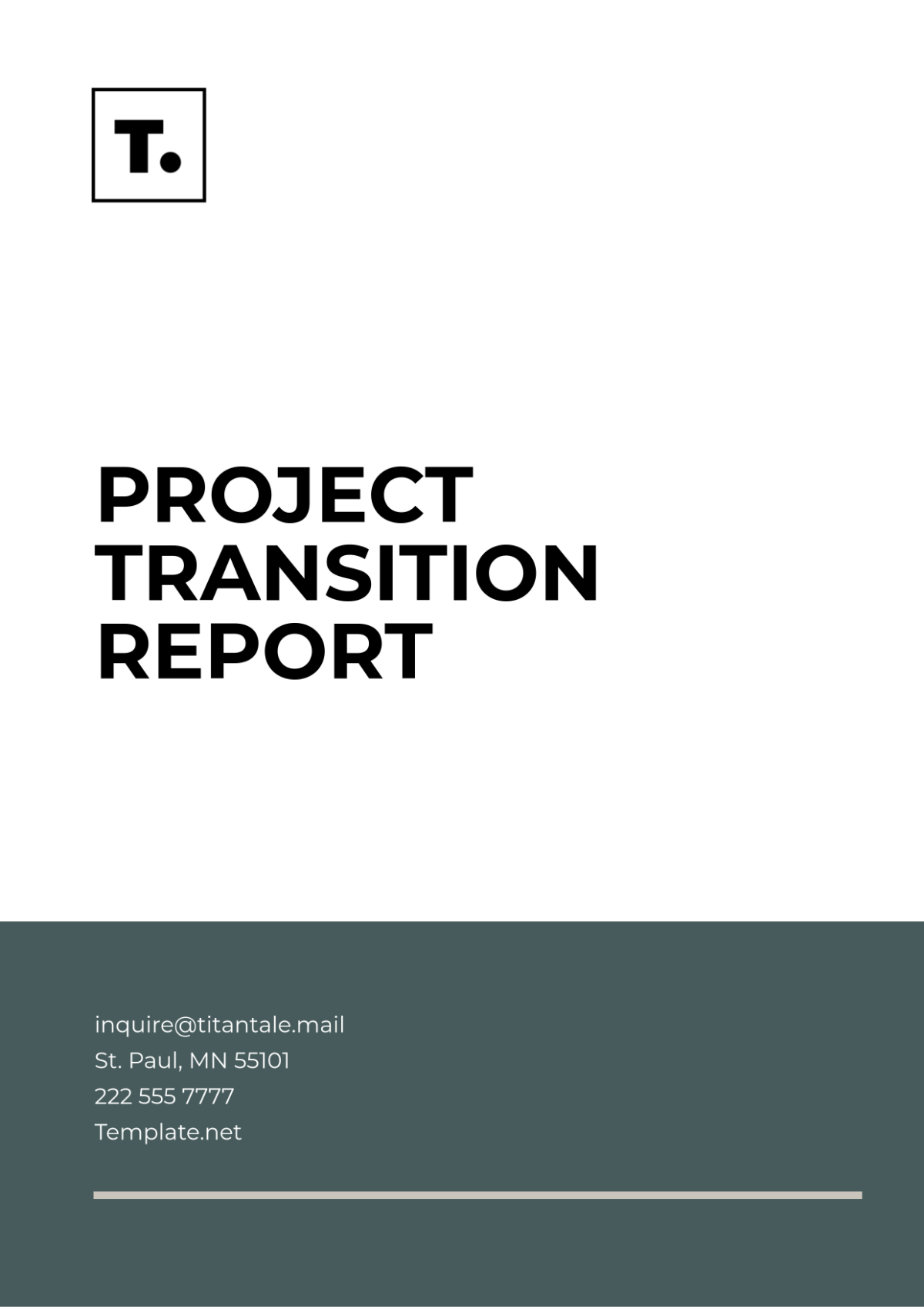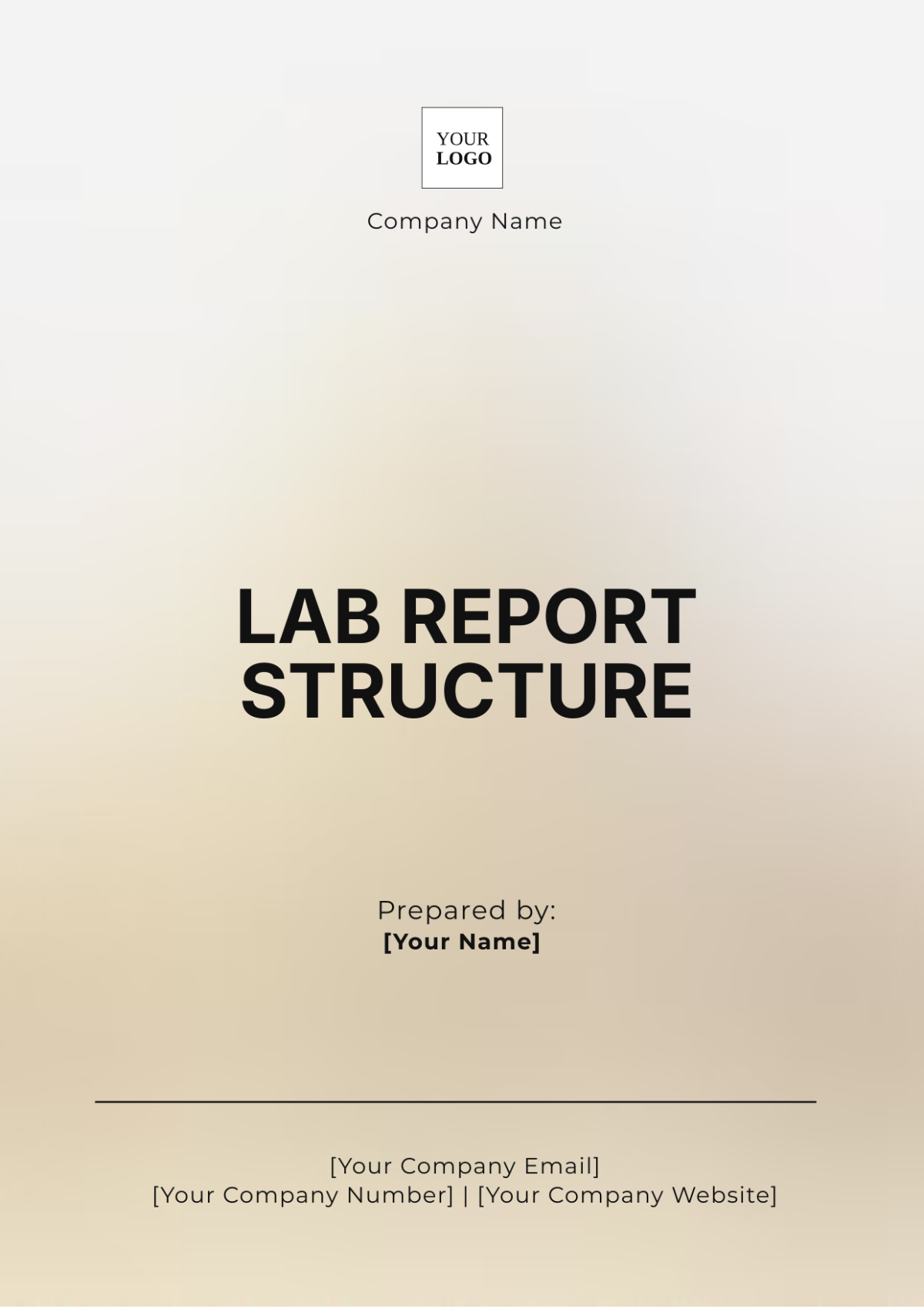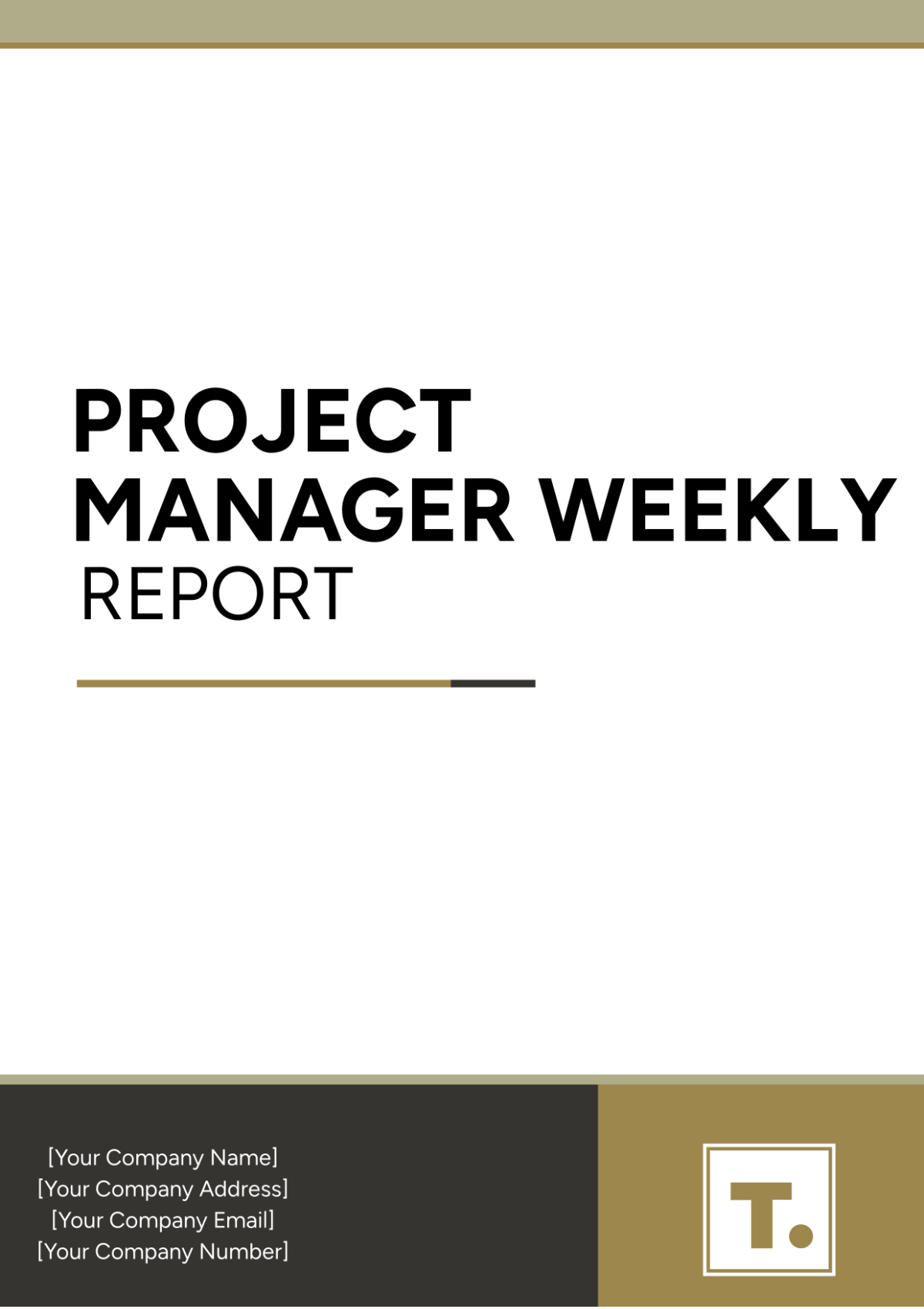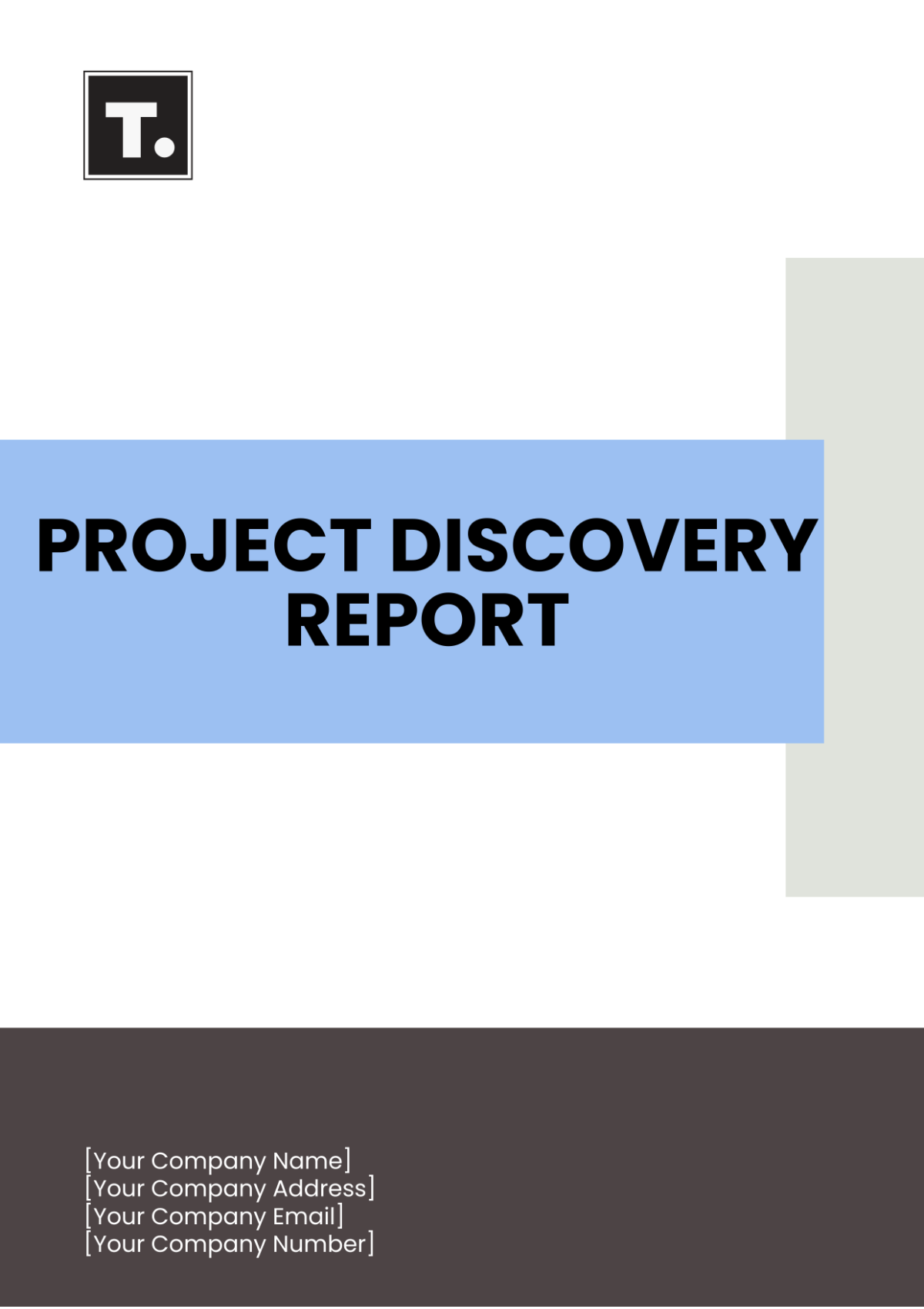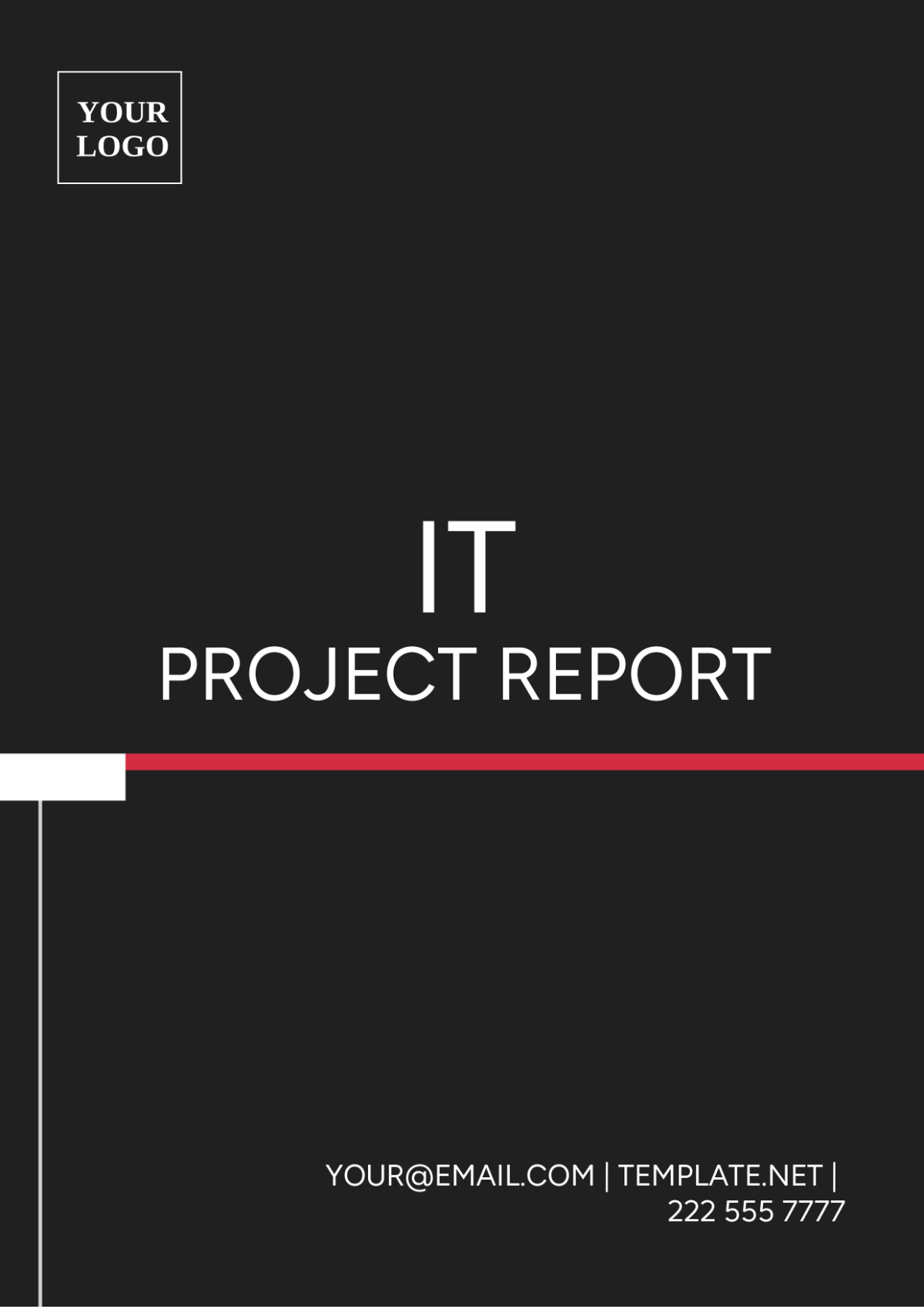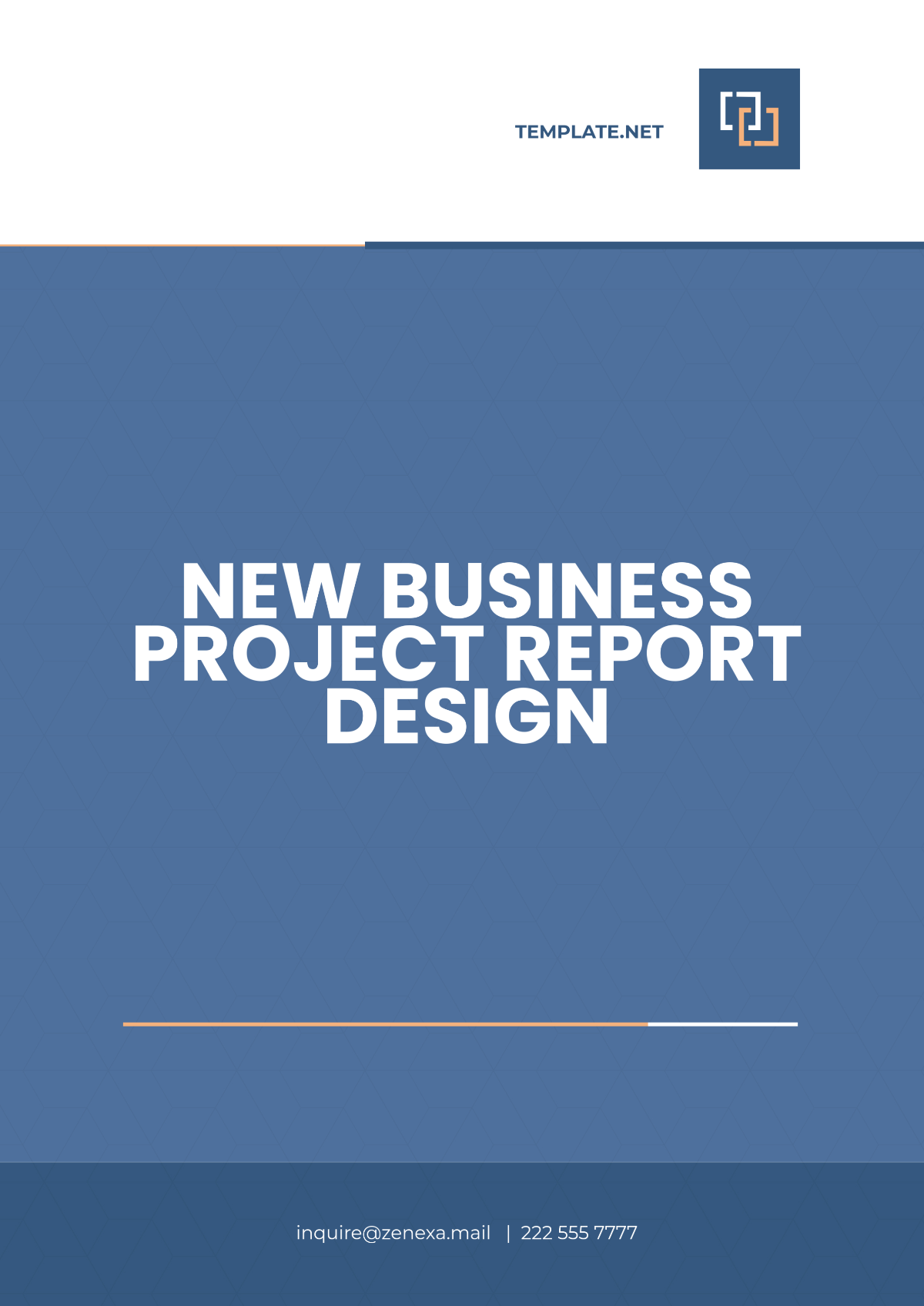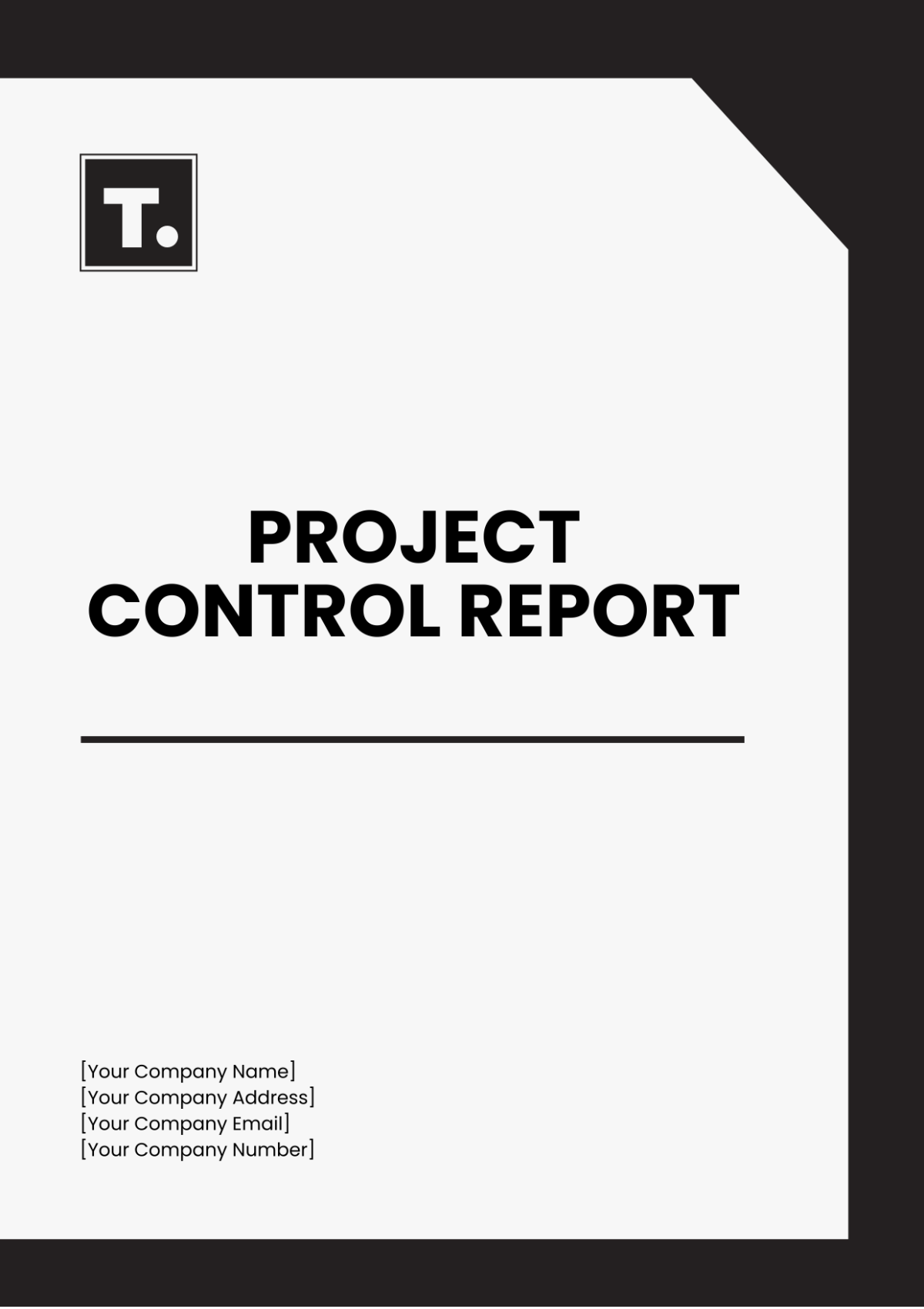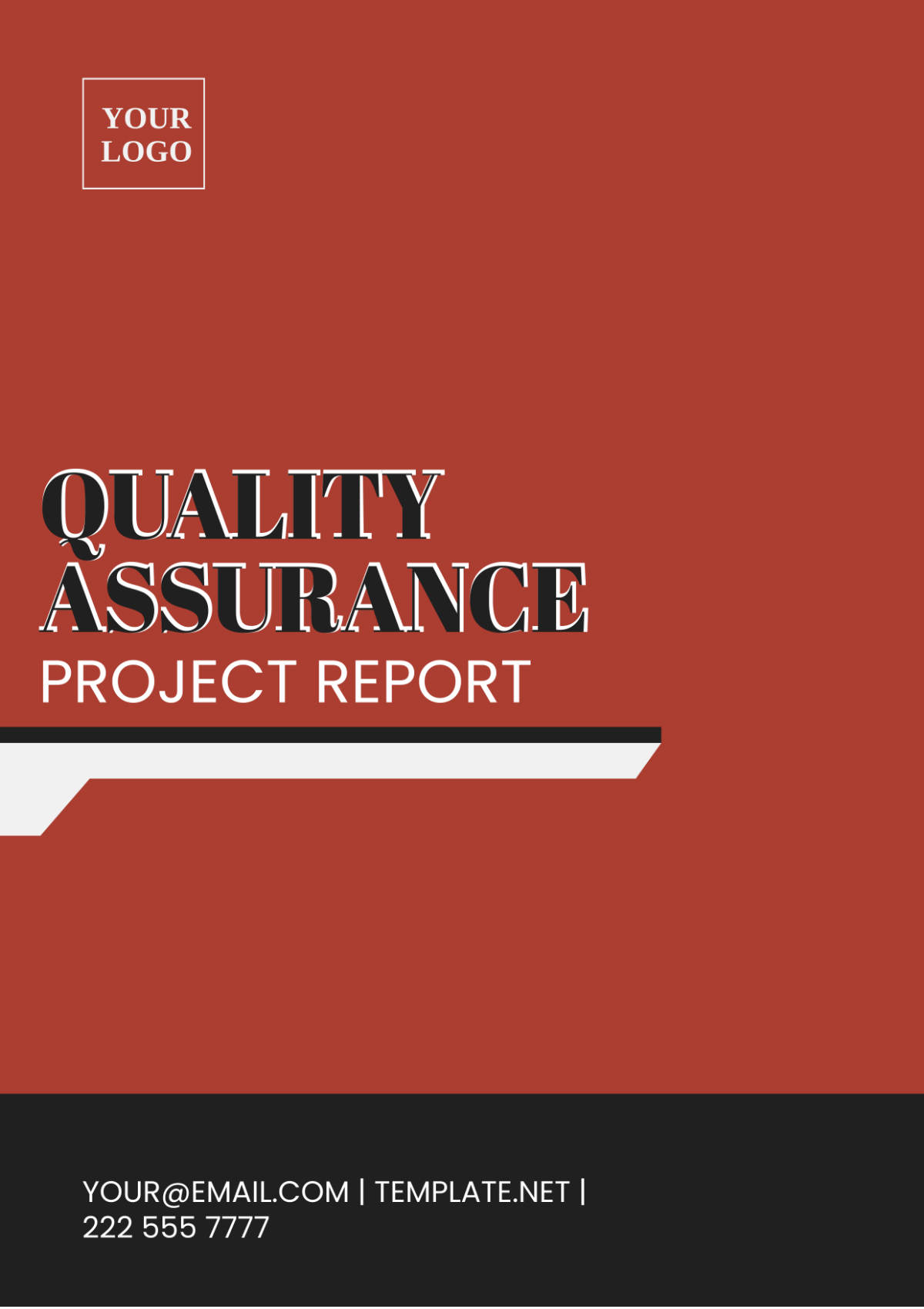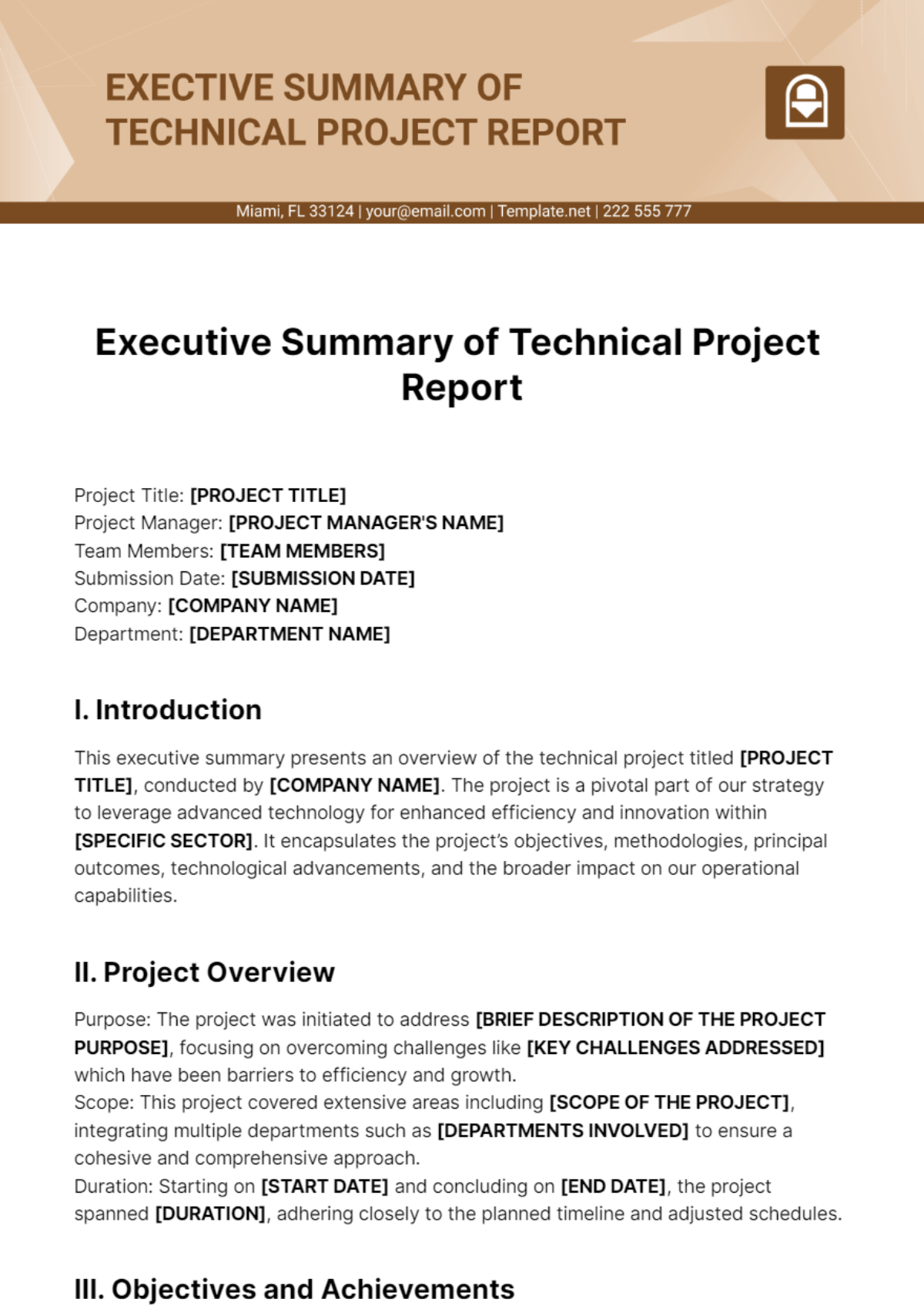IT SOFTWARE ENGINEERING PROJECT REPORT
Project Title: Inventory Management System Development
Author: [Your Name]
Date: May 22, 2050
I. Abstract/Executive Summary
This report details the development of an Inventory Management System designed to streamline and automate inventory tracking for retail businesses. The project encompassed the entire software development lifecycle, from initial planning and requirements gathering to implementation and evaluation. Key objectives included improving inventory accuracy, reducing manual effort, and providing real-time inventory data. The report highlights methodologies used, progress achieved, outcomes, and challenges encountered.
II. Introduction
Background: Inventory management is crucial for retail businesses to maintain optimal stock levels and reduce costs. Traditional methods are often manual and error-prone, necessitating an automated solution.
Project Scope: The project involves developing a software application that automates inventory tracking, updates stock levels in real-time, and generates reports.
Objectives: The primary objectives are to enhance inventory accuracy, minimize manual data entry, and provide management with actionable insights.
III. Literature Review/Related Work
Existing Solutions: Several inventory management systems exist, but many are either too expensive for small businesses or lack essential features. This project aims to develop a cost-effective and feature-rich alternative.
Technologies: The project leverages modern web development frameworks and database management systems to ensure scalability and reliability.
IV. Methodology
Development Process: We adopted the Agile methodology, allowing for iterative development and continuous feedback.
Tools and Technologies: The system was developed using React.js for the frontend, Node.js for the backend, and MongoDB as the database.
Requirements Gathering: Initial requirements were gathered through stakeholder interviews and competitive analysis.
V. Project Planning and Management
Timeline: The project was planned over six months with key milestones including requirement analysis, design, implementation, testing, and deployment.
Milestones:
Requirement Analysis - 1 month
System Design - 1 month
Implementation - 2 months
Testing - 1 month
Deployment - 1 month
Resource Allocation: The team comprised four developers, one project manager, and one quality assurance engineer.
VI. System Design and Architecture
Technical Design: The system follows a client-server architecture with a RESTful API connecting the frontend and backend.
Architecture Diagrams: Included below are the high-level architecture and database schema diagrams.
VII. Implementation
Code Development: The application was built using modular and reusable code components.
Algorithms Used: Key algorithms include inventory reconciliation and real-time stock level updates.
Integration Processes: Integration with existing POS systems was achieved through RESTful APIs.
VIII. Testing and Quality Assurance
Testing Strategies: Both manual and automated testing were employed. Unit tests, integration tests, and end-to-end tests were conducted.
Test Cases and Results: Over 100 test cases were executed with a pass rate of 95%.
Issues Encountered: Some minor bugs were identified during testing, which were promptly resolved.
IX. Results and Discussion
Project Outcomes: The system met all primary objectives, significantly improving inventory accuracy and reducing manual workload.
Performance Metrics: Inventory discrepancies were reduced by 90%, and data entry time was cut by 50%.
Challenges: Initial integration with legacy systems posed some challenges, which were mitigated through custom API development.
X. Conclusion and Recommendations
Summary of Findings: The project successfully developed a robust and efficient Inventory Management System.
Conclusions Drawn: Automation of inventory management processes greatly enhances accuracy and efficiency.
Suggestions for Future Work: Future enhancements could include AI-driven demand forecasting and mobile application support.
XI. References
Smith, J., & Doe, J. (2023). Modern Inventory Management Solutions. Tech Publishing.
Agile Alliance. (2024). Introduction to Agile Development. Retrieved from https://www.agilealliance.org
React.js Documentation. (2024). Retrieved from https://reactjs.org/docs/getting-started.html
XII. Appendices
Appendix A: Detailed Test Cases and Results
Appendix B: Source Code Excerpts
Appendix C: User Manual and Installation Guide
